Hyundai IONIQ 5 vs Suzuki Vitara – Performance, range & efficiency compared
Everyday use, family trips or long-distance drives – here’s where the differences show.
Discover whether Hyundai IONIQ 5 or Suzuki Vitara fits your lifestyle better.
Costs and Efficiency:
Looking at overall running costs, both models reveal some interesting differences in everyday economy.
Suzuki Vitara has a convincingly advantage in terms of price – it starts at 23600 £, while the Hyundai IONIQ 5 costs 38500 £. That’s a price difference of around 14914 £.
Engine and Performance:
Power, torque and acceleration say a lot about how a car feels on the road. This is where you see which model delivers more driving dynamics.
When it comes to engine power, the Hyundai IONIQ 5 has a clearly edge – offering 650 HP compared to 129 HP. That’s roughly 521 HP more horsepower.
In acceleration from 0 to 100 km/h, the Hyundai IONIQ 5 is significantly quicker – completing the sprint in 3.50 s, while the Suzuki Vitara takes 9.50 s. That’s about 6 s faster.
In terms of top speed, the Hyundai IONIQ 5 performs evident better – reaching 260 km/h, while the Suzuki Vitara tops out at 190 km/h. The difference is around 70 km/h.
There’s also a difference in torque: Hyundai IONIQ 5 pulls decisively stronger with 770 Nm compared to 235 Nm. That’s about 535 Nm difference.
Space and Everyday Use:
Cabin size, boot volume and payload all play a role in everyday practicality. Here, comfort and flexibility make the difference.
Both vehicles offer seating for 5 people.
In curb weight, Suzuki Vitara is clearly lighter – 1255 kg compared to 1955 kg. The difference is around 700 kg.
In terms of boot space, the Hyundai IONIQ 5 offers clearly perceptible more room – 520 L compared to 375 L. That’s a difference of about 145 L.
In maximum load capacity, the Hyundai IONIQ 5 performs distinct better – up to 1580 L, which is about 460 L more than the Suzuki Vitara.
When it comes to payload, Hyundai IONIQ 5 noticeable takes the win – 530 kg compared to 395 kg. That’s a difference of about 135 kg.
Who wins the race?
The Hyundai IONIQ 5 proves to be leaves the rival little chance and therefore becomes our DriveDuel Champion!
Hyundai IONIQ 5 is the better all-rounder in this comparison.
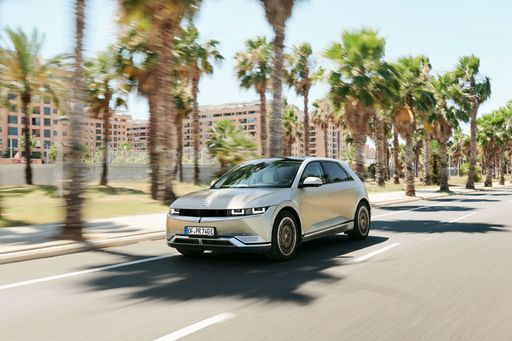
Hyundai IONIQ 5
Hyundai IONIQ 5
The Hyundai IONIQ 5 showcases a bold and futuristic design that captures attention with its striking facade and sharp lines. This electric vehicle offers an impressive blend of performance and efficiency, making it a compelling choice for environmentally conscious drivers. Inside, the spacious and tech-forward interior provides a comfortable and engaging driving experience for both driver and passengers.
details @ hyundai.news
@ hyundai.news
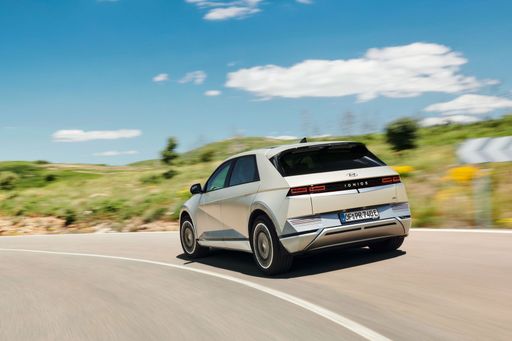 @ hyundai.news
@ hyundai.news
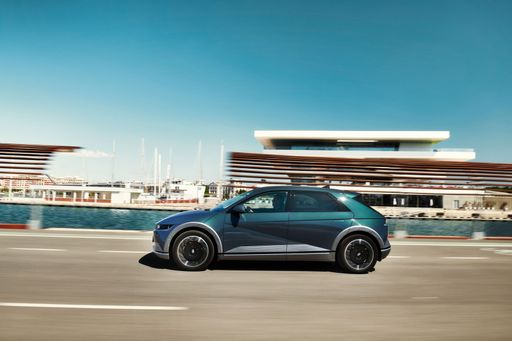 @ hyundai.news
@ hyundai.news
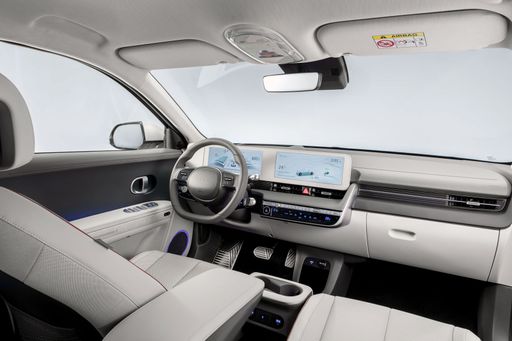 @ hyundai.news
@ hyundai.news
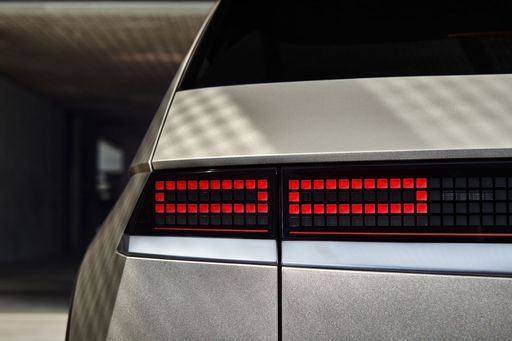 @ hyundai.news
@ hyundai.news
Suzuki Vitara
The Suzuki Vitara impresses with its compact design and robust stance, making it ideal for both urban and off-road adventures. Its sleek lines and modern aesthetics ensure it stands out on the road, complemented by a comfortable and high-tech interior. The Vitara offers a smooth and engaging driving experience, combining efficiency with practicality.
details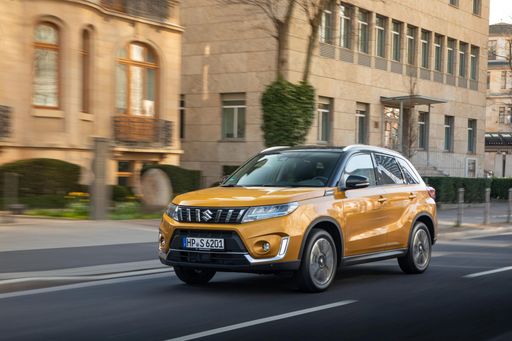 @ Suzuki
@ Suzuki
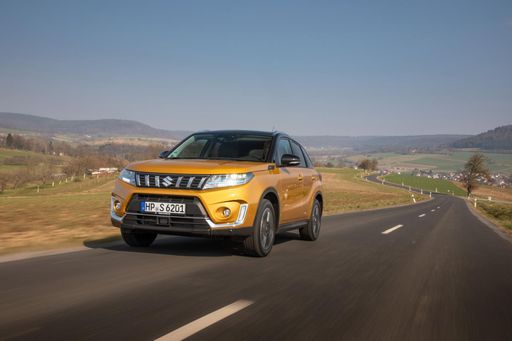 @ Suzuki
@ Suzuki
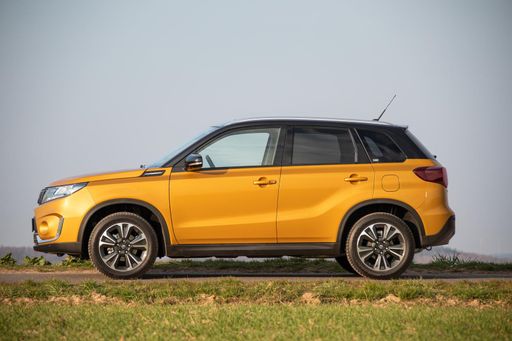 @ Suzuki
@ Suzuki
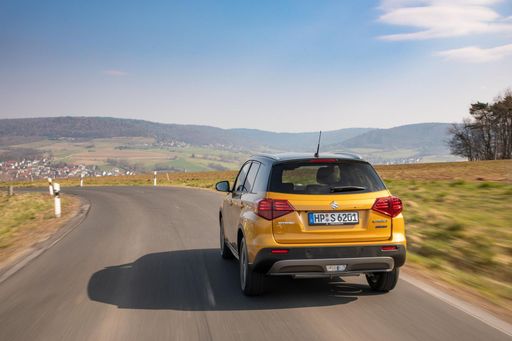 @ Suzuki
@ Suzuki
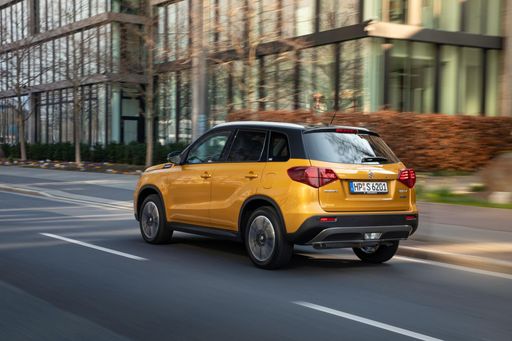 @ Suzuki
@ Suzuki
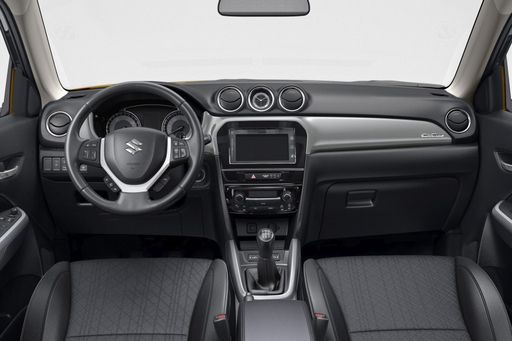 @ Suzuki
@ Suzuki

|

|
|
|
|
Costs and Consumption |
|
|---|---|
|
Price
38500 - 64200 £
|
Price
23600 - 30900 £
|
|
Consumption L/100km
-
|
Consumption L/100km
5 - 5.6 L
|
|
Consumption kWh/100km
15.6 - 21.2 kWh
|
Consumption kWh/100km
-
|
|
Electric Range
440 - 570 km
|
Electric Range
-
|
|
Battery Capacity
63 - 84 kWh
|
Battery Capacity
-
|
|
co2
0 g/km
|
co2
113 - 129 g/km
|
|
Fuel tank capacity
-
|
Fuel tank capacity
47 L
|
Dimensions and Body |
|
|---|---|
|
Body Type
SUV
|
Body Type
SUV
|
|
Seats
5
|
Seats
5
|
|
Doors
5
|
Doors
5
|
|
Curb weight
1955 - 2275 kg
|
Curb weight
1255 - 1395 kg
|
|
Trunk capacity
480 - 520 L
|
Trunk capacity
289 - 375 L
|
|
Length
4655 - 4715 mm
|
Length
4185 mm
|
|
Width
1890 - 1940 mm
|
Width
1775 mm
|
|
Height
1585 - 1605 mm
|
Height
1595 mm
|
|
Max trunk capacity
1540 - 1580 L
|
Max trunk capacity
1046 - 1120 L
|
|
Payload
385 - 530 kg
|
Payload
375 - 395 kg
|
Engine and Performance |
|
|---|---|
|
Engine Type
Electric
|
Engine Type
Petrol MHEV, Full Hybrid
|
|
Transmission
Automatic
|
Transmission
Manuel, Automatic
|
|
Transmission Detail
Reduction Gearbox
|
Transmission Detail
Manual Gearbox, Automated Manual
|
|
Drive Type
Rear-Wheel Drive, All-Wheel Drive
|
Drive Type
Front-Wheel Drive, All-Wheel Drive
|
|
Power HP
170 - 650 HP
|
Power HP
116 - 129 HP
|
|
Acceleration 0-100km/h
3.5 - 8.5 s
|
Acceleration 0-100km/h
9.5 - 12.7 s
|
|
Max Speed
185 - 260 km/h
|
Max Speed
180 - 190 km/h
|
|
Torque
350 - 770 Nm
|
Torque
235 Nm
|
|
Number of Cylinders
-
|
Number of Cylinders
4
|
|
Power kW
125 - 478 kW
|
Power kW
85 - 95 kW
|
|
Engine capacity
-
|
Engine capacity
1373 - 1462 cm3
|
General |
|
|---|---|
|
Model Year
2024
|
Model Year
2024
|
|
CO2 Efficiency Class
A
|
CO2 Efficiency Class
D, C
|
|
Brand
Hyundai
|
Brand
Suzuki
|
What drive types are available for the Hyundai IONIQ 5?
The Hyundai IONIQ 5 is available as Rear-Wheel Drive or All-Wheel Drive.
The prices and data displayed are estimates based on German list prices and may vary by country. This information is not legally binding.
